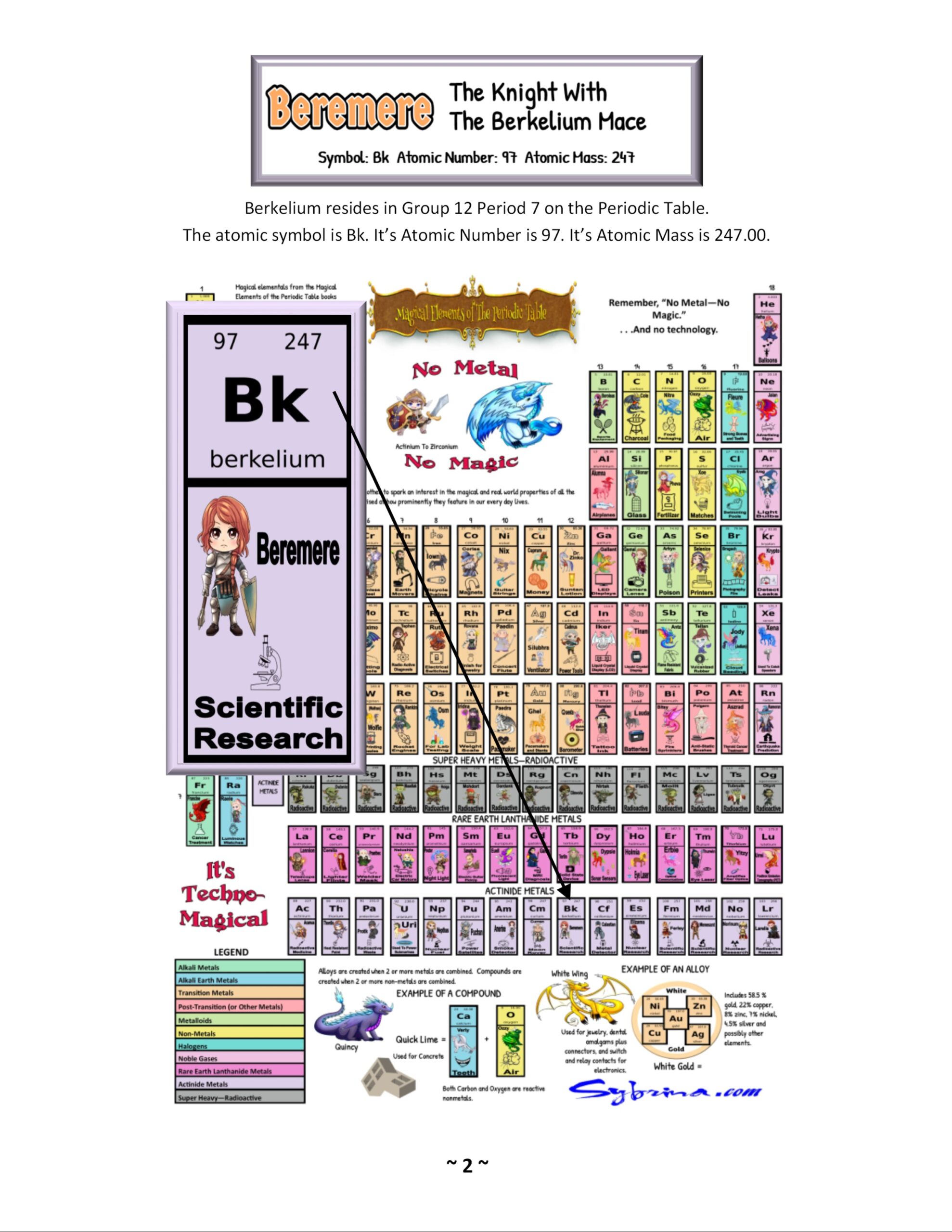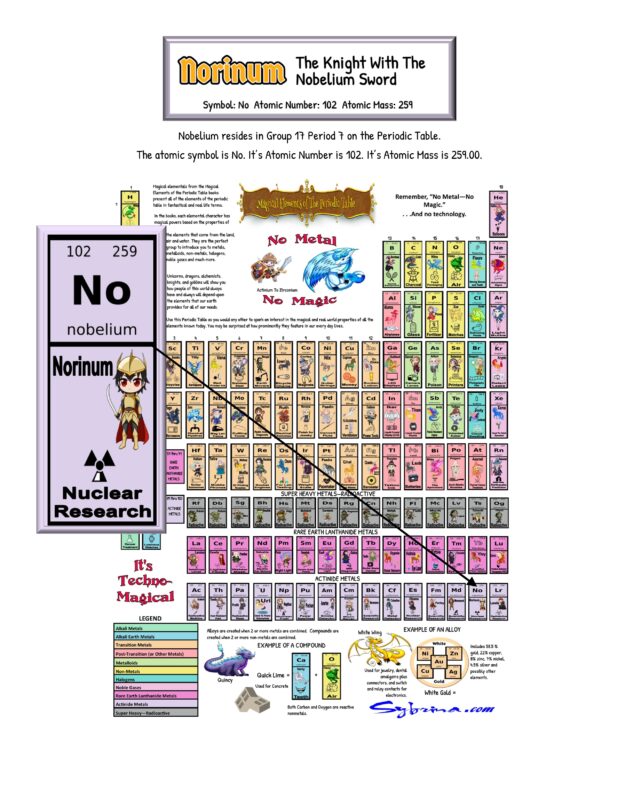
Imagine a world where elements are not just mere entries in a table but hold secrets of the universe, waiting to be unlocked by curious minds. One such element is Berkelium, a rare and fascinating material named after the very city where it was discovered: Berkeley, California.
Berkelium, represented by the symbol Bk, holds a special place in the periodic table as element 97. It belongs to a group known as the actinides, which are a collection of heavy metals that live on the lower part of the periodic table. These elements come after uranium and before californium, residing in the transient and somewhat mysterious zone between the known and the unknown. Berkelium was first synthesized in 1949 by a team of scientists at the University of California, Berkeley—hence the name.
The journey of Berkelium’s discovery is a gripping tale of intellectual curiosity and human ingenuity. A team of researchers, including Albert Ghiorso, Glenn T. Seaborg, and Emilio Segrè, took the bold step of bombarding uranium with alpha particles accelerated through a particle accelerator. Their efforts bore fruit when they isolated the element, making Berkelium the first element to be made from a material that wasn’t naturally occurring. Imagine the excitement in the laboratory when they realized they had created something entirely new, a glimmering piece of metal that had never before been seen by human eyes!
While Berkelium is a marvel of science, its commercial use is as fleeting and rare as the element itself. The current production of Berkelium is limited and focused largely in research laboratories. Our hero metal finds its niche in the realm of nuclear science and medical applications. In particular, it can be used in neutron sources for scientific research. When Berkelium isotopes decay, they emit alpha and beta radiation, making them valuable for creating specialized radiographic devices and nuclear batteries in certain applications. Yet, its production is time-consuming, and the quantity produced is so minuscule that no significant commercial market has emerged. This leaves Berkelium as more of a scientific curiosity than a staple in everyday life.
But what about the future? Given Berkelium’s position in the periodic table, it opens the door to fascinating possibilities. Scientists speculate that as our understanding of the actinides grows, Berkelium may play a crucial role in furthering our knowledge of nuclear reactions. Researchers are investigating its use in advanced nuclear reactors and as a potential candidate for nuclear fuel recycling systems. The stability of Berkelium isotopes, combined with their unique properties, may find applications in the creation of new materials and technologies, paving the way for groundbreaking advancements in the field of energy production.
Moreover, as the medical field continues to evolve, Berkelium could find its place in innovative therapies and diagnostic techniques. Imagine doctors harnessing the power of this metal to target and treat cancerous cells more effectively. With ongoing research, the boundaries of what we can achieve with Berkelium may continue to expand.
Delving into the stories surrounding Berkelium’s discovery, there’s a tapestry woven with adventure, determination, and collaboration among some of the most talented scientists of their time. The excitement of uncovering a new element often comes with trials and tribulations. The team at Berkeley worked under the shadow of World War II, a time rife with uncertainty. Yet, their relentless pursuit of knowledge shone through amid the turmoil, exemplifying the power of scientific camaraderie.
One particularly gripping aspect of Berkelium’s story lies in how its very existence challenged the way scientists understood the periodic table. In the early days, some skeptics pondered whether synthetic elements truly belonged in the grand scheme of naturally occurring substances. Berkelium, alongside discoveries made during that era, redefined the boundaries of chemistry and physics, pushing humanity toward uncharted territories.
As fascinating as it is, Berkelium is also a symbol of caution. The element is radioactive, which means it carries potential hazards and requires careful handling. In understanding Berkelium, scientists are actively studying ways to ensure safety while exploring its applications, highlighting the importance of responsible scientific inquiry.
Berkelium is more than a mere element on the periodic table; it is a testament to human curiosity and ingenuity, forever tied to the city of Berkeley and the spirit of discovery. While its commercial uses may be limited today, its potential for the future grows as scientists delve deeper into the mysteries of the actinides. As we navigate the realms of what this unique element may offer in medicine, energy, and beyond, we remind ourselves of the magic that can unfold when bold minds come together to explore the unknown.
This article is brought to you by Sybrina Durant, the author of the Magical Elements of the Periodic Table Book Series. Learn More.
Inter-Active Elemental Fantasy-Themed Periodic Table from Magical Elements of the Periodic Table Presented Alphabetically by The Elemental Dragon Clan
Click here to use The Inter-Active Viewer for the periodic table above to learn more about the elements each elemental represents on this periodic table. Want this No Metal No Magic periodic table in a 24″ x 36″ Poster? Click here.
Sybrina Publishing Offers Fun Activities Based On The Book
Magical Elements of the Periodic Table Magical Elementals
Browse Magical Elemental Activities at MagicalPTElements or Sybrina-Publishing on TPT or Classful







